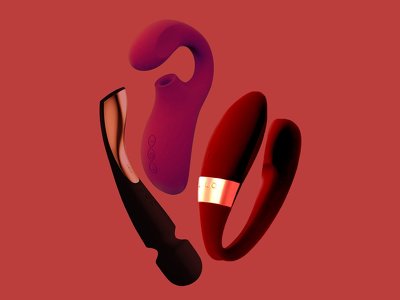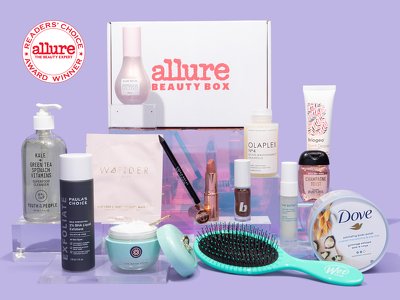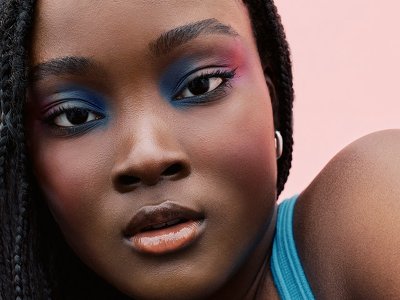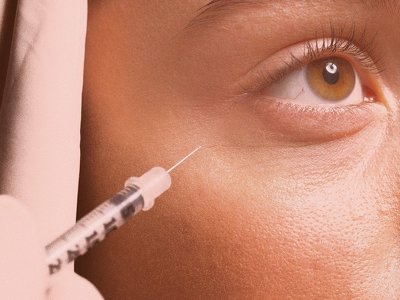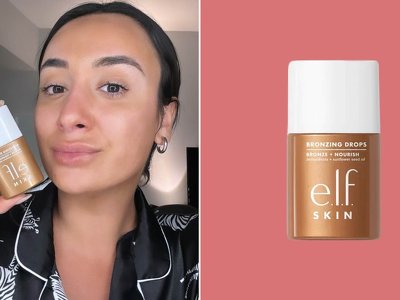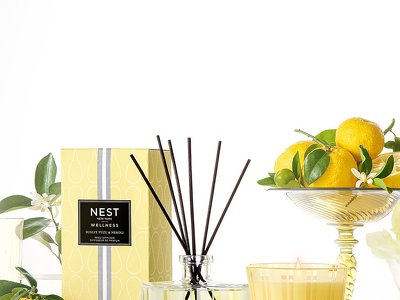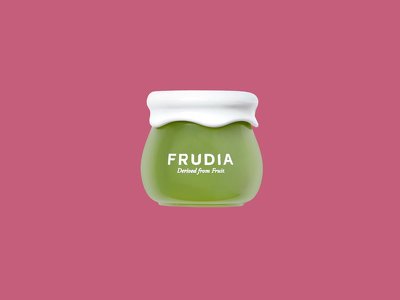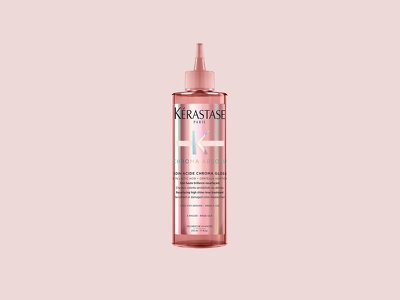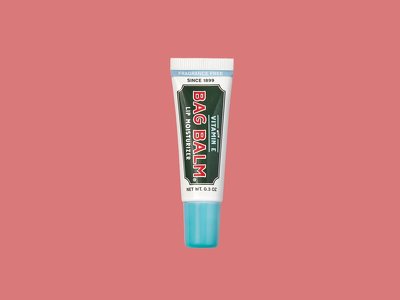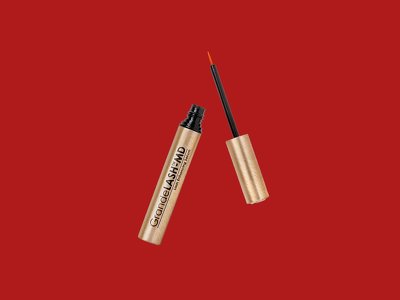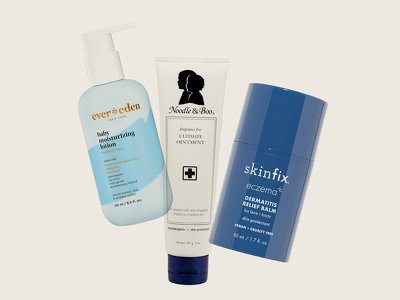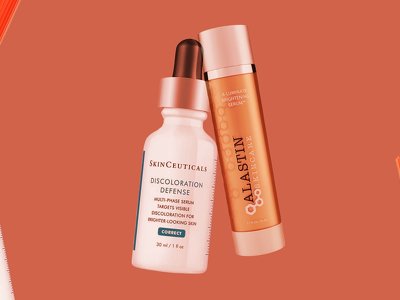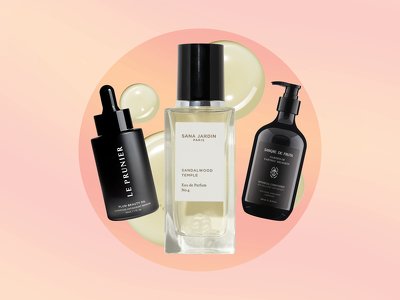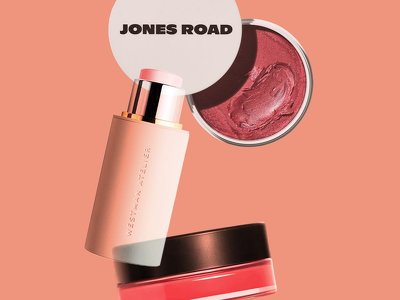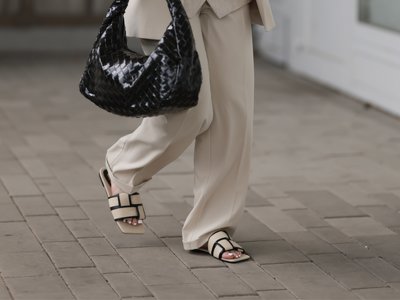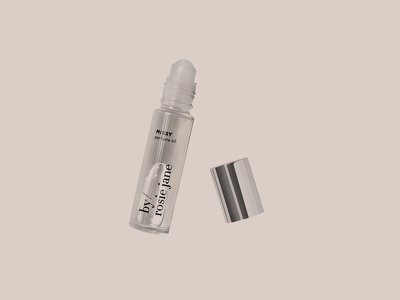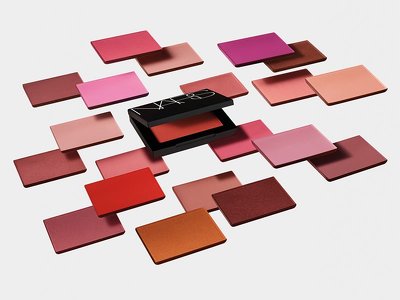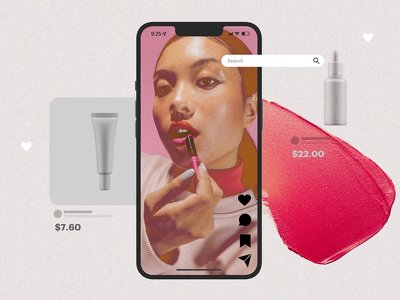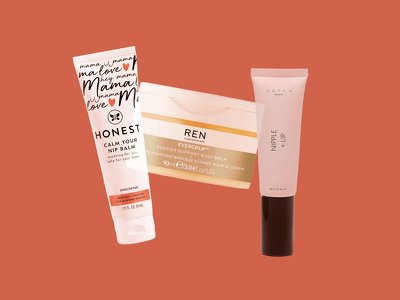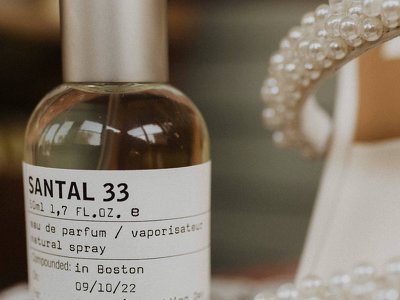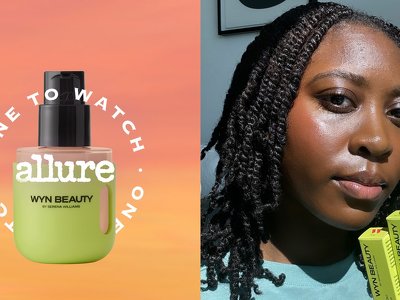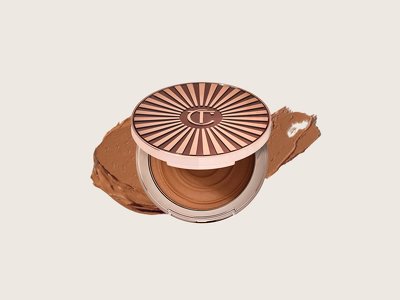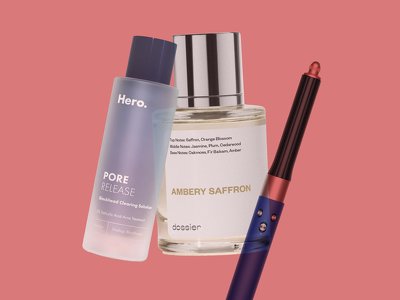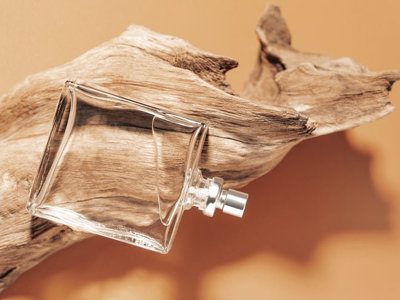You Are Doing Too Much for Your Skin Barrier

All products featured on Allure are independently selected by our editors. However, we may receive compensation from retailers and/or from purchases of products through these links.
Recently, I was scrolling through Threads for my daily dose of Bravo snark when I spotted something unexpected: a “hot Sunday take” courtesy of aesthetician Sofie Pavitt.
“I’m seeing so many (like—unusually large amounts) of clients in the studio with perioral dermatitis, rashy, irritated skin,” Pavitt wrote.
Intrigue! She continued: “As someone who specializes in problematic concerns such as acne, I always play detective and I’m asking about the usual suspects—are you on exfoliating acids, retinols etc., and guess what? A lot of them are NOT.”
Instead, she says, it was “routines with multiple ‘barrier support’ products” that ended up being the “resounding common thread” for these patients with irritated skin.
What’s this now? I thought we were all about coddling our skin barriers. (As a beauty editor, my inbox—full of pitches for barrier balms, milky toners, and hydrating face masks—indicates as much.) But according to Pavitt, the ingredients found in many barrier-repair-positioned products—like peptides, ceramides, and fatty acids—“on paper look great for the skin,” but may actually have negative effects when they’re used too much.
Dr. Hadley King, a board-certified dermatologist in New York City, takes issue not with barrier repair products in general, but with what can happen when you layer them on top of other formulas. “Any other products applied under the occlusive product may penetrate more, and this could lead to irritation,” she says.
But let me rewind. It was just a few years ago that the skin-care industry was bullish on anything containing acid or with a sprinkling of little gritty particles, to the point that many of us overdid it and destroyed the outermost layer of our epidermis, a.k.a. the stratum corneum, a.k.a. the skin barrier. Largely composed of ceramides and lipids, this is the precious layer that maintains skin’s hydration levels and generally keeps all the other layers protected from the harsh outside world.
Although exfoliation is beneficial, sloughing away the dead skin cells that can clog pores and make skin look less than radiant, doing it too often can cause irritation, redness, and even breakouts. As New York City board-certified dermatologist Joshua Zeichner, MD, previously told Allure, excessive exfoliation can "create tiny cracks in the skin barrier that lead to more loss of hydration and inflammation."
So, our stratum corneums now cracked and angry, the skin-care industry swung toward ceramide-rich balms and peptide-packed serums that could help cushion these wounded skin barriers. According to Google Trends, searches for “slugging”—that is, applying a thin layer of petroleum jelly atop your skin care to prevent moisture loss—peaked in July 2023, but “barrier repair” is still holding relatively strong; its highest search volume was in January of this year.
It’s possible, however, that we over-repaired our barriers. Case in point: A client recently came to Pavitt’s chair having done a full “barrier support” routine—cream cleanser, milky toner, hydrating serum, peptide serum, moisturizer, slugging cream, and SPF lotion—twice daily for a few months. But rather than giving her glowing, plump, glass skin, “it was causing massive irritation,” Pavitt tells Allure.
It certainly feels like Big Skin Barrier is working overtime right now. “Barrier support is a very trendy subject within beauty,” says Pavitt. “Brands are leaning into it by marketing a lot of specialized products.’”
Indeed, on Ulta.com, a search for “skin barrier” currently returns over 1,400 products. On Amazon.com, you’ll receive more than 30,000 results. These “skin barrier” products range from the requisite moisturizers to sunscreens, skin tints, and even bronzers, all containing so-called “repairing” ingredients like ceramides or niacinamide or squalane or peptides.
Dr. King points to niacinamide—the popular vitamin B-derivative used for everything from minimizing the look of pores to brightening—in particular as a potential irritant. “Topical niacinamide can increase the skin's production of ceramides and have stabilizing effects on the skin's barrier function, which can help improve moisture retention,” she says. “But niacinamide at concentrations greater than 5% can cause irritation in sensitive skin.”
Jess Bowers, a New York City-based facialist, says she’s “absolutely” noticed a link between skin irritation and barrier repair products. Like Pavitt, she starts by playing detective: “When a client comes in for the first time and has red, inflamed, irritated skin I always ask what they use and will tell them right away to stop using most of their products” which often includes several intended for barrier repair, she says.
Although Corey L. Hartman, MD, a board-certified dermatologist based in Birmingham, Alabama, has not noticed the same pattern as Pavitt and Bowers in his practice, he advises, “You really only need to be using one product specifically designed to help boost the health of your skin barrier.”
So what product is best? And what happens if your skin does freak out? Keep reading to find out everything you need to achieve barrier balance—for good.
All of this doesn’t mean that ceramide-rich creams have suddenly become the enemy of good skin. Dr. Hartman has often recommended “barrier-repair” moisturizers such as Skinfix Barrier+ Triple Lipid-Peptide Cream and Deinde Barrier-Building Moisture Cream to his patients (to use one at a time). Both contain barrier-replenishing lipids and glycerin, a humectant that binds to water to help boost hydration.
Dr. Hartman also points out that a lot of skin care will inherently help the skin barrier—whether it’s marketed that way or otherwise. “Most hydrating skin-care products have skin barrier benefits in some way, even if they are not promoted to help with the skin barrier,” he says.
With that in mind, he says anyone with dry skin or mature skin—which is inherently prone to dryness—could benefit from using a skin barrier cream, as well as those who have truly damaged their barriers (think redness, bumps, and general irritation) by using too–harsh actives or over-exfoliating.
“[Barrier-repair creams are] also a product you can swap in or out depending on your skin’s needs and seasonally,” adds Dr. Hartman. Those with rosacea or eczema may also benefit from additional barrier-supporting products, as they may help soothe redness and inflammation caused by those conditions—though it’s best to consult your dermatologist for specific recommendations.
If you’re currently experiencing skin-care whiplash, it’s OK. This is a safe space. The key is to pay close attention to your skin—and the ingredients you’re using on it. Tracy Evans, MD, a board-certified dermatologist in San Francisco, says that misinformation about how often to exfoliate continues to be a big factor in the confusion. (Thanks, social media.) To be safe, she says it’s best to use a chemical or gentle physical exfoliator no more than two or three times per week. And use only one active ingredient–like a retinoid or salicylic acid—per night (i.e. skin cycling), especially if it’s at a higher concentration.
You can (and should) moisturize daily—whether that’s with one (and only one) barrier-repair cream or one traditional moisturizer—and especially after exfoliating.
When it comes to repairing a damaged skin barrier, every professional Allure spoke to had similar advice: Pare it down.
“I always say less is more and keep it simple,” says Bowers. “Cleanse, tone, moisturize. As long as you're doing these three steps, your skin barrier should be intact.” (And of course, don’t forget your sunscreen in the morning!)
Dr. Evans recommends using a gentle cleanser such as La Roche Posay AP+ Lipikar Foaming Cleansing Oil, followed by a ceramide-based moisturizer like CeraVe Moisturizing Cream or SkinMedica TNS Ceramide Cream.
And while Pavitt acknowledges that skin is “so personal,” she says a good rule of thumb is to incorporate new products one by one so you can keep tabs on any disruptions.
“If your skin is sensitized or irritated, the first thing I recommend to a client is to take everything out of your routine,” says Pavitt. “Wash your face with a simple gel cleanser, use a lightweight SPF in the morning, and a moisturizer in PM. After a few weeks, evaluate your skin again. Is it dry? Oily? Sensitized?” Only once any irritation is settled should you add in anything new.
Finally, keep in mind that the skin barrier has its name for a reason. Your skin care is there to support it, not build it from scratch. “Peptides and ceramides are great,” says Pavitt, “but you don’t need them in every single step of your routine."
Read more about skin-care ingredients:
- Last
- April, 28
-
- April, 27
-
- April, 26
-
-
- April, 25
-
- April, 22
-
-
-
-
- April, 16
-
-
-
-
-
- April, 15
-
-
-
- April, 13
-
-
News by day
5 of July 2025
